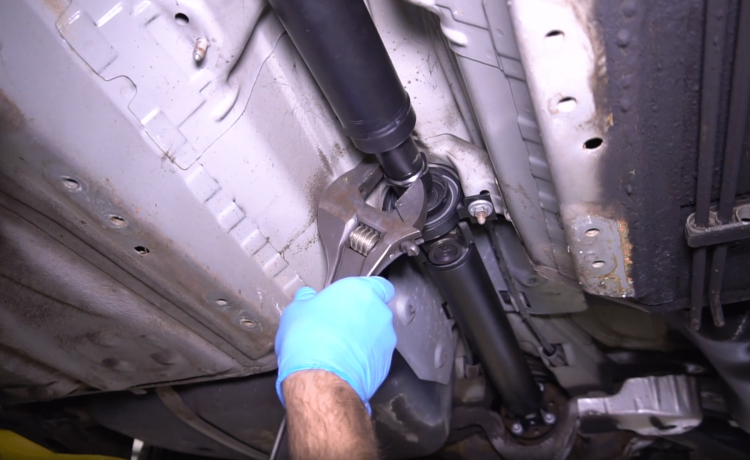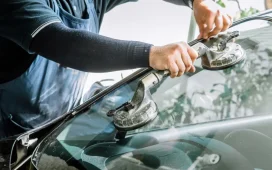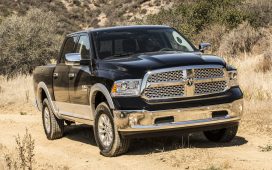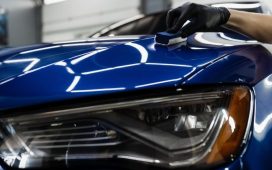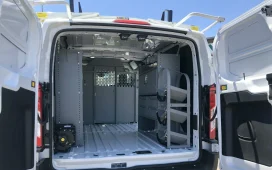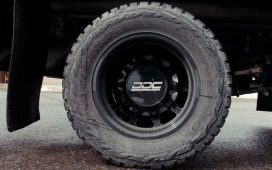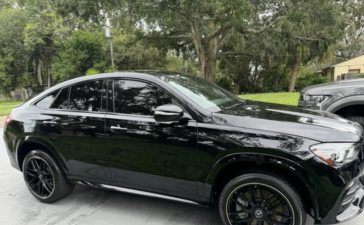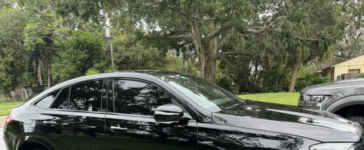A complete driveshaft check assures vehicle safety and smoothness. Technicians identify wear, damage, and misalignment methodically. Vibration and costly repairs are reduced by early diagnosis. Professional checks prevent driveline failure. Driving with steady torque transfer requires protocol knowledge. Over time, accurate inspection improves handling, minimises noise, and preserves components. Inspection neglect promotes wear and drivetrain failure.
Initial Visual Examination
Technicians begin by visually inspecting the driveshaft along its length. Dents, bends, corrosion, or missing balance weights are carefully noted. CV boots and U-joints are checked for cracks, leaks, or damage. Loose or damaged center bearings are identified during this stage. Signs of prior impact or unusual wear are also observed. Visual cues often reveal hidden driveshaft problems early. Correct identification ensures further testing is focused and efficient.
Checking Component Play
Excessive movement in joints or bearings signals potential failure clearly. U-joints, CV joints, and center bearings are manually manipulated to detect play. Axial, angular, and rotational movement is measured to assess condition. Any looseness or irregular movement requires further inspection or replacement. Technicians ensure tolerances remain within manufacturer specifications for safety. Detecting component play prevents vibration and torque issues. Maintaining tight connections ensures smooth rotation and reliable power transfer.
Lubrication and Boot Inspection
Proper lubrication is critical for U-joint and CV joint longevity. Boots are examined for cracks, tears, or grease leakage carefully. Contaminants inside a damaged boot accelerate wear and joint failure. Re-lubrication or boot replacement restores proper function and prevents further damage. Technicians verify grease type and quantity for optimal performance consistently. Well-lubricated joints reduce wear and prevent vibration effectively. Regular maintenance ensures smooth torque delivery and driveline reliability over time, and professional Auto Repair in Severance, CO helps keep these components in top condition.
Driveshaft Balance Assessment
Imbalance causes vibration, noise, and accelerated joint wear during operation. Technicians check balance weights and inspect for missing or loose attachments. Minor dents or bends are evaluated for potential effect on rotation. Corrective measures include balancing or replacing shafts to restore smooth operation. High-speed rotation tests verify that vibration is eliminated after correction. Proper balance ensures consistent torque transfer and handling. Accurate balancing prolongs component life and maintains vehicle stability effectively.
Final Documentation and Testing
After inspection, technicians record findings and recommended actions carefully. Repairs, lubrication, or replacements are performed based on assessment results. Road testing verifies that rotation is smooth and vibration-free effectively. Documentation ensures proper maintenance and prevents overlooked issues consistently. Following this comprehensive protocol maintains smooth operation and extends component lifespan reliably.
Conclusion
Professional driveshaft inspection follows a clear, systematic process fully. Visual checks, component play assessment, lubrication, and balance are included. Early detection prevents vibration, noise, and potential joint failure reliably. Timely maintenance restores smooth torque transfer and driveline stability continuously. Accurate inspection improves vehicle handling, safety, and performance over time. Documenting results ensures follow-up actions maintain reliability and prevent future issues. Systematic inspections preserve driveline function and extend service life. Consistent protocol adherence guarantees safe, smooth, and efficient power delivery continuously.

